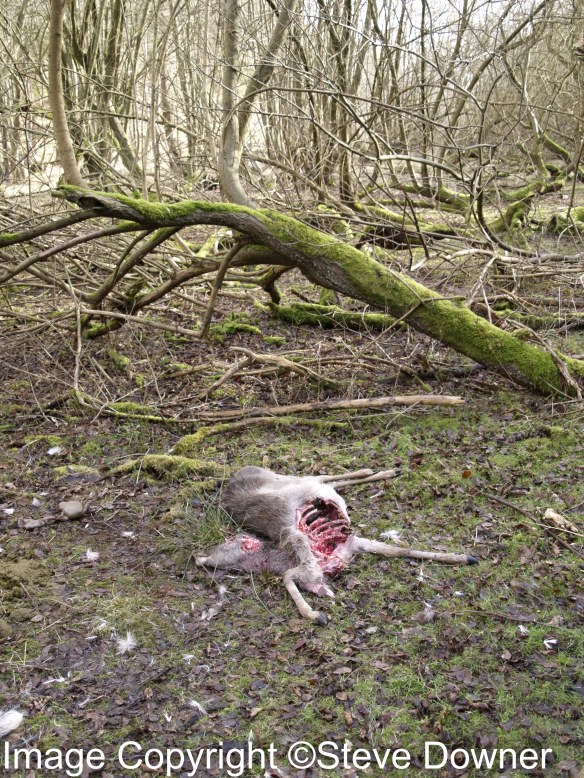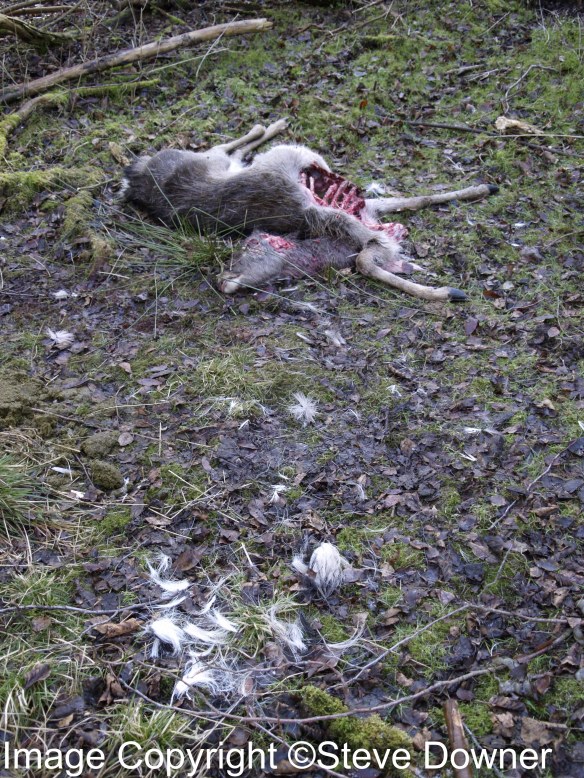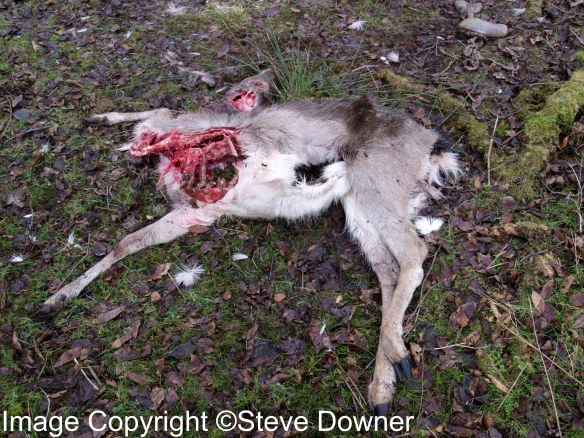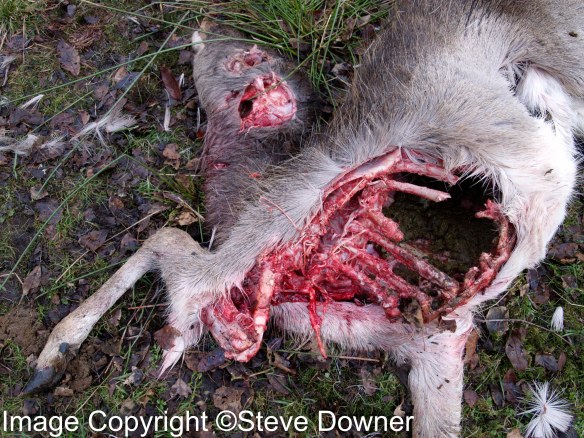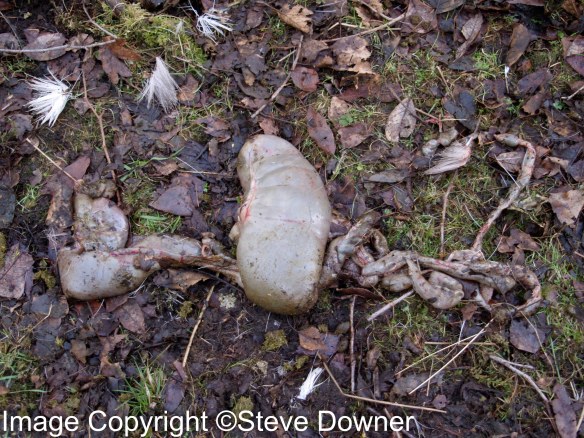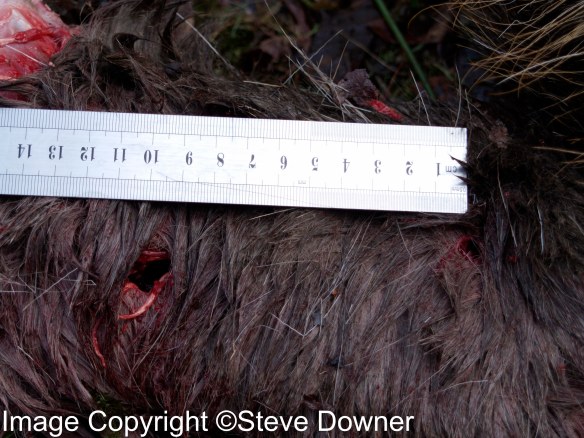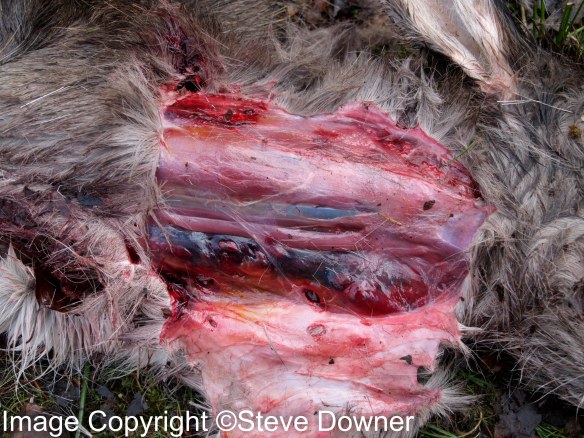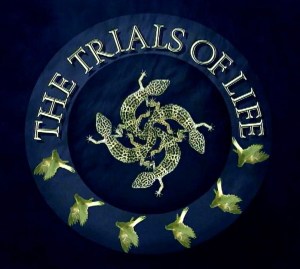An article by George Monbiot in the New Statesman last month, “Bring back the big cats – is it time to start rewilding Britain?”, put forward the case for re-introducing lynx, a once native species that may have clung on in Britain until as recently as a thousand years ago. http://www.newstatesman.com/culture/2014/08/bring-back-big-cats-it-time-start-rewilding-britain
I’ve always been intrigued by stories of big cats supposedly already living wild in Britain but the lack of positive photographic or physical evidence doesn’t help the case of those enthusiastic camouflage clad individuals who appear in the newspapers and on tv periodically, claiming that the UK is over run by large feline predators. I certainly don’t believe the often repeated statement that these big cats are the offspring of captive animals released in the 1970’s following the introduction of the Dangerous Wild Animals Act.
What intrigued me most was that several friends and colleagues were certain that they had seen these large cats themselves, one being a BBC Natural History Unit producer who was sure he’d seen a puma beside the M4 to Bristol.
I lived near Banbury for a number of years, where the “Beast of Cherwell” was regularly reported in the local newspaper. These sightings were so regular ( indeed, a friend in my village told me he’d seen a “black panther and cub” less than half a mile from my home ) that one day I got an Ordance Survey map of the Cotswolds area and started going through newspaper archival big cat sightings for the previous decade.
What soon became apparent was that certain areas were historically regular sighting spots, and a report one day was often followed by a further report, maybe two or three miles away, a day or two later. Often the sighting areas were linked by an obvious corridor, such as a current or disused railway line or a river or canal.
A couple of years later I was having lunch on a studio shoot in rural Buckinghamshire, sitting outside with the crew and surrounded by sheep, horses and wild flower meadows, when the subject of big cats living in the UK came into conversation. Chef Gordon Ramsay had recently lost one of his prize lambs ( named Charlotte Church – the other being Gavin Henson, naturally ) to what the press were reporting as a suspected big cat. The producer was fascinated and after the shoot asked me if I’d be interested in spending a paid month doing research into the subject – following up on recent sightings and searching locations in the UK where I thought a large feline predator could live.
As expected, I never did come face to face to a living breathing black panther or puma during that month although there were a few anomalies along the way, including the photographs that follow. They are rather graphic, so be warned, and show one of a number of freshly killed fallow deer I found following the course of a stream over a number of days. None of the deer showed evidence of being killed by a human or dog and each had four puncture wounds in the throat. I photographed and videoed each animal in detail, and in the case of the deer victim in these photos, carried out an in-field investigation of the neck. As can be seen in the pictures, there are four distinct puncture marks and haemorrhaging of the tissue beneath. The area around the body was covered in plucked clumps of hair, and the animal’s stomach and intestines had been removed and deposited a metre away. It was January, and with the ground frozen there were no obvious tracks to be seen of what might have killed the deer.
The distance between the puncture wounds was 100mm ( and in the other deer carcases I found ), too large for a predator even the size of a puma or leopard, and in no way do I think a tiger was involved!
What do you think?
George Monbiot’s book “Feral: Rewilding the Land, Sea and Human Life” is published in paperback by Penguin (£8.99)

